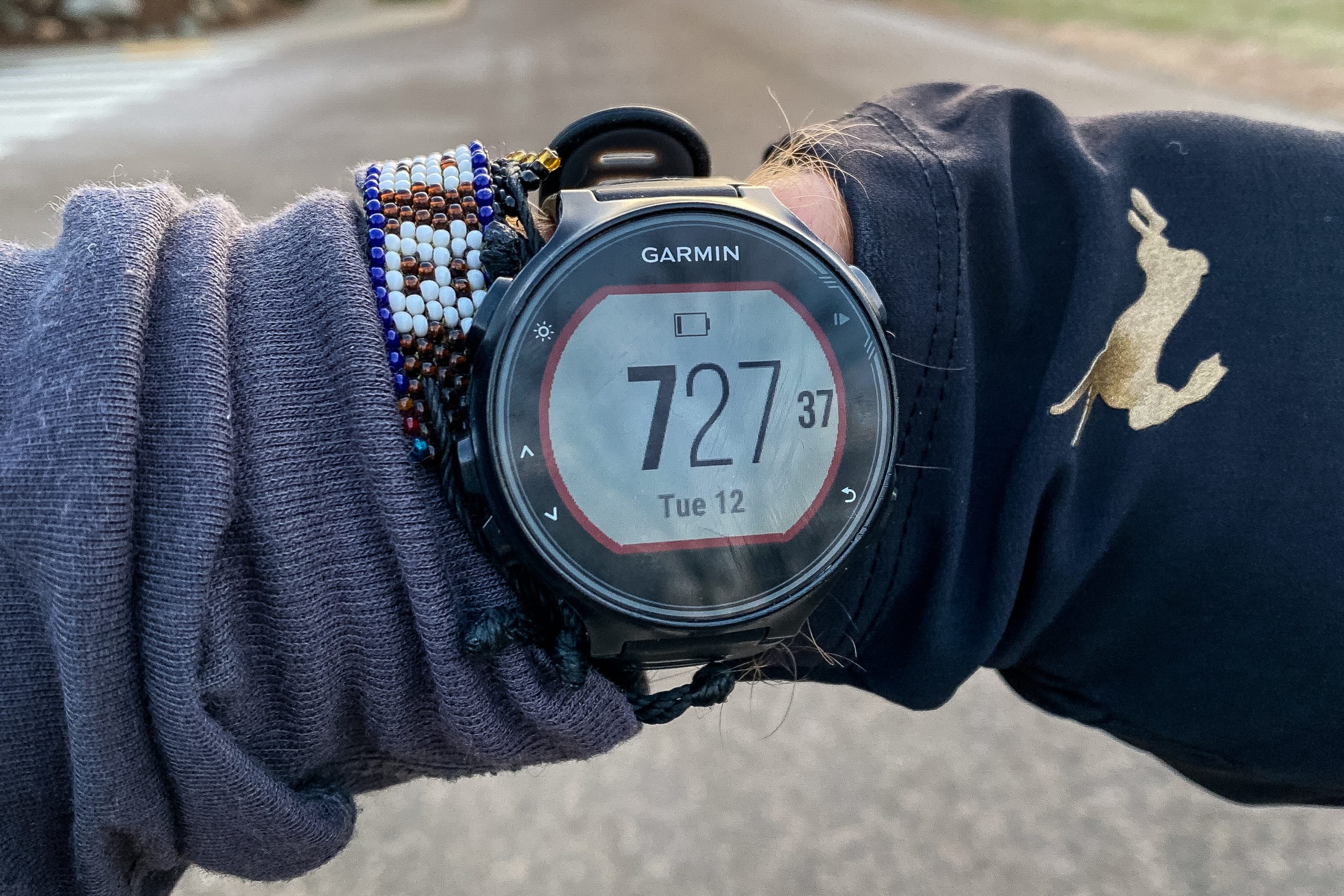

Garmin enthusiasts nostalgic for MIP displays, robust battery life, and a fair price for GPS and HR precision will appreciate the COROS APEX 4.
My experience testing the COROS APEX 4 over the last few weeks has rekindled memories of my time with the 2022 Garmin Forerunner 955, my preferred running watch prior to Garmin and competitors moving away from MIP displays. A considerable number of fitness watch aficionados are unhappy with this shift, including my brother-in-law who owns a 955. While I do prefer AMOLED displays, the APEX 4 stands out as an excellent option for those who remain loyal to MIP technology.
The previous COROS model, the NOMAD, takes on the Garmin Instinct 3 in a limited segment: budget-friendly, durable hiking watches that boast weeks of battery life. An MIP display seemed well-suited.
The APEX 4 is designed for trail runners and “mountain athletes” who value battery longevity and outdoor visibility. However, its $429/479 price pits it against tougher contenders like the Suunto Race 2, Garmin Forerunner 570, and Polar Vantage M3 — all of which feature AMOLED displays, with the first two offering 2,000 nits for outstanding visibility in bright sunlight.
Initial impressions
I evaluated the COROS APEX 2 and APEX 2 Pro in 2022 while still becoming familiar with wearables. The hardware impressed me, particularly the remarkable battery longevity, but I noticed that the GPS and HR accuracy could be improved, the health tracking and software had several shortcomings, and the MIP displays were frustratingly dim.
It’s no surprise that the APEX 4 offers improved accuracy (as detailed below), the battery life continues to astonish me, and the MIP display presents much better contrast, rendering it functional — though oddly, the NOMAD’s display is easier to read indoors. I suspect the APEX 4’s sapphire layer refracts more obstructive light.
Most importantly, the APEX 4’s new Ambiq Apollo 510 processor delivers the smoothest, fastest maps I’ve encountered outside of Apple and Wear OS devices, where most competitors like Garmin tend to lag. You can now view street and trail names, and the crown allows for effortless zooming in on tricky trail intersections or zooming out for a broader perspective in a matter of seconds.
My only issues lie with the turn-by-turn navigation for imported courses. It generally operates effectively, but I observed twice that upon reaching a loop, the arrow prompted me to proceed in the opposite direction of my chosen path.
When I intentionally deviated from the course, the APEX 4 detected it and alerted me immediately. However, the turn-by-turn directions do not adjust based on your facing direction, so when I missed a right turn and turned around, it still instructed me to turn right. I hope COROS addresses both of my mapping concerns in the future.
Thanks to its new processor, the APEX 4 is well-equipped for years of enhancements. Over three years, the APEX 2 incorporated HRV and stress metrics, sleep quality, running form analysis, Strava Live Segments, and safety alerts, among numerous new features. While Garmin watch updates often diminish after 1–2 years, updates for the APEX 4 should continue for a much longer period.
I specifically anticipate that its integrated depth gauge sensor will allow for scuba diving eventually, and COROS mentioned to Chase the Summit that it may utilize the mic & speaker for offline voice commands in the future.
COROS APEX 4 GPS accuracy
Not all dual-band GPS watches are made the same. After testing nearly every brand’s GPS accuracy, I found that COROS’s latest models closely match Garmin for reliability, with the APEX 4 following suit. Prepare for some impressively straight GPS paths, with only a few minor glitches.
I took three dual-frequency GPS watches — the Garmin Forerunner 970, Google Pixel Watch 4, and APEX 4 — on a 19-mile run; while Google mainly relies on L1 and L5 GPS frequencies, Garmin and COROS additionally access other GNSS signals as necessary.
In the end, Garmin measured 0.01 miles further and Google 0.01 miles shorter; feel free to check out my Pixel Watch 4 fitness test for its results, but I’ve concentrated on the two main competitors here. Generally, all nineteen miles displayed the two signals either overlapping or closely parallel. They tended to register simultaneously or within seconds at each mile marker.
I only have one criticism: The APEX 4’s final map displayed a warp effect from my current location to a previous one and back, as illustrated above. It did not influence my distance outcomes, but it added roughly 50m to my final altitude measurements.